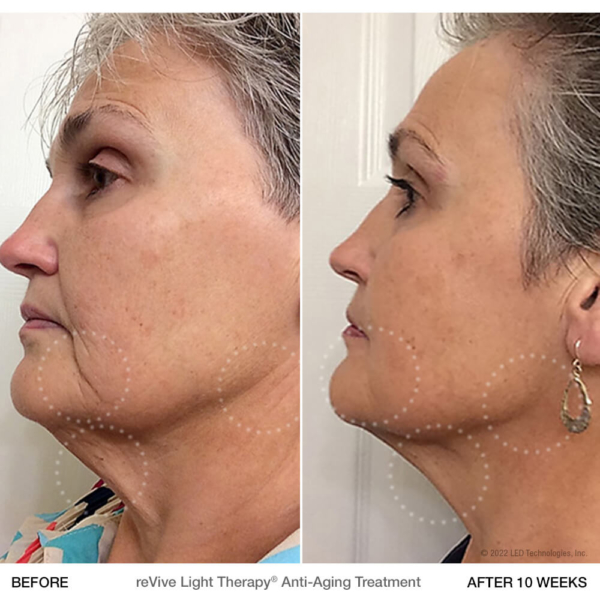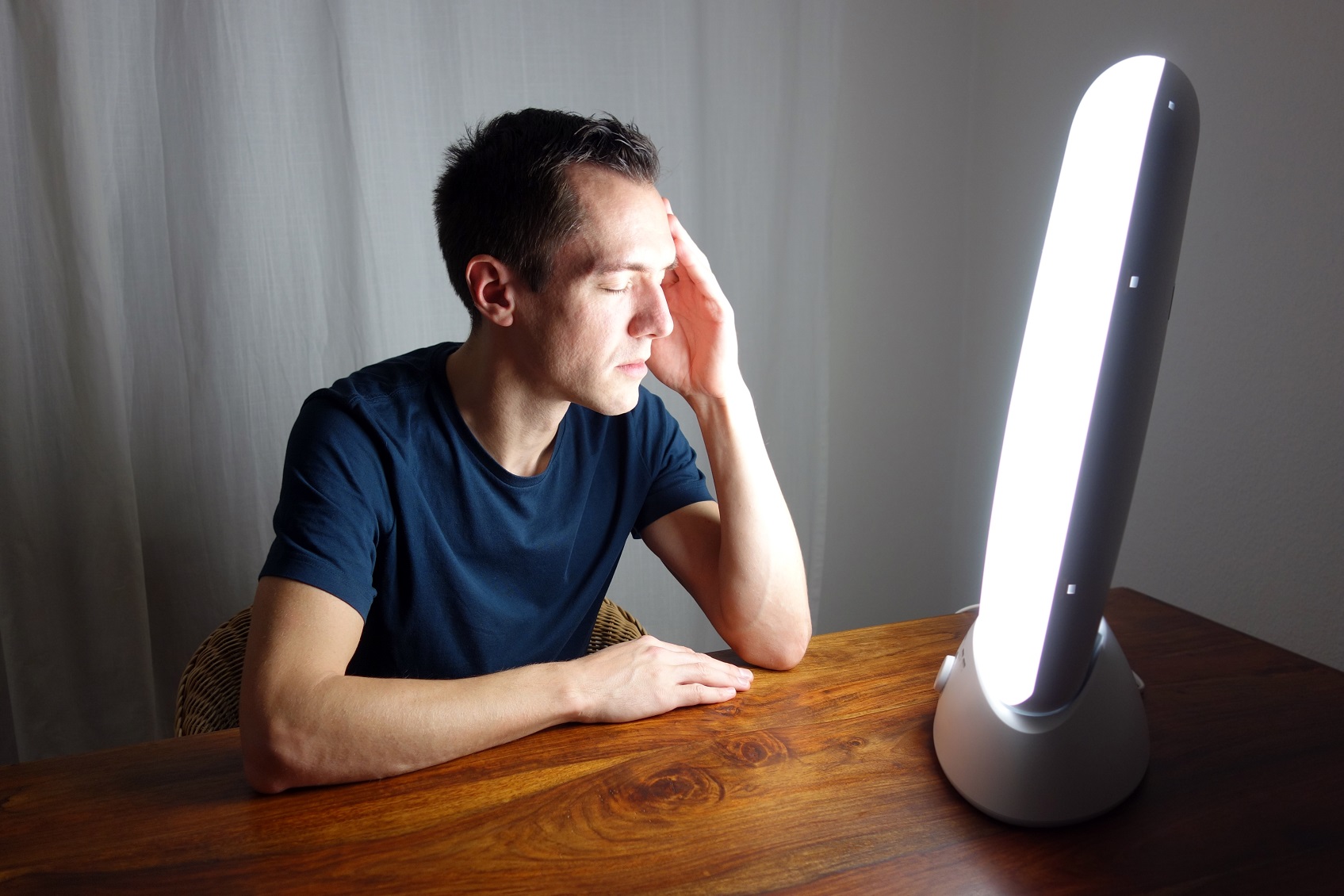Photobiomodulation Laser Applications in Modern Medicine
Wiki Article
Unlocking the Possible of Photobiomodulation: A Promising Approach for Restorative Treatment
Are you interested regarding the capacity of photobiomodulation for restorative intervention? By targeting specific mobile procedures, photobiomodulation has actually shown potential in accelerating injury recovery, minimizing pain, and promoting cells regrowth. In this introduction, we will discover the systems of action, applications in medicine, and the existing proof supporting the efficacy of photobiomodulation.Recognizing Photobiomodulation
To recognize photobiomodulation, you need to realize the idea of just how light therapy can straight affect mobile processes in your body. Photobiomodulation, likewise recognized as low-level light therapy, is a non-invasive therapy that utilizes certain wavelengths of light to stimulate biochemical reactions in your cells.The healing effects of photobiomodulation are significant and have been examined thoroughly in various clinical areas. It has revealed encouraging results in advertising cells repair work and regrowth, lowering inflammation, soothing pain, and improving injury recovery. Moreover, photobiomodulation has been located to have a favorable impact on neurological conditions, such as distressing mind injury and stroke, by stimulating neural activity and promoting neuroplasticity.
Unlike various other therapies, photobiomodulation does not produce any warmth or trigger tissue damage. It is important to keep in mind that photobiomodulation must be provided by trained professionals or according to the supplier's directions to guarantee optimal outcomes and security.

Devices of Action
In understanding the devices of action, you will uncover exactly how photobiomodulation straight affects cellular procedures with specific biochemical responses. When light is related to the body, it is soaked up by chromophores, such as cytochrome c oxidase and flavins, which are present in the mitochondria. This absorption leads to a waterfall of events that inevitably result in mobile modifications.Photobiomodulation increases the activity of cytochrome c oxidase, a critical enzyme in the mitochondria that is involved in the electron transportation chain. As an outcome, cellular metabolic process is boosted, promoting cells fixing and regeneration.
Moreover, photobiomodulation has actually been shown to modulate cellular signaling paths. It activates different development variables and signaling molecules, such as nitric oxide and responsive oxygen varieties, which play important functions in procedures like cell, inflammation, and angiogenesis expansion. These signaling paths add to the healing effects of photobiomodulation, promoting tissue healing and minimizing discomfort and swelling.
Applications in Medication
Explore the comprehensive applications of photobiomodulation in medication. Photobiomodulation, additionally referred to as low-level light treatment, is a non-invasive therapy that uses light to promote and stimulate cellular processes healing. In medicine, this technique has revealed encouraging outcomes throughout numerous areas.Among the main applications of photobiomodulation is in discomfort administration. photobiomodulation laser. It has actually been made use of to relieve both persistent and severe pain, including musculoskeletal problems, neuropathic discomfort, and post-operative discomfort. By targeting the afflicted area with specific wavelengths of light, photobiomodulation can reduce inflammation, advertise cells repair service, and supply Visit Your URL relief
Additionally, photobiomodulation has revealed prospective in wound healing. It can increase the recovery process by enhancing cell spreading, advertising angiogenesis, and minimizing scar cells development. This has considerable implications in the therapy of persistent wounds, such as diabetic person abscess and pressure sores.
In dermatology, photobiomodulation has actually been used for its anti-inflammatory and regenerative effects. It can boost the appearance of scars, lower acne lesions, and stimulate hair development in conditions like androgenetic alopecia.
In addition, photobiomodulation has actually shown assurance in neurorehabilitation. It can improve cognitive function, enhance motor recuperation, and aid in the therapy of neurodegenerative illness like Alzheimer's and Parkinson's.
Medical Proof and Study Findings

In the area of musculoskeletal disorders, photobiomodulation has been discovered to minimize discomfort and swelling, boost array of activity, and accelerate tissue repair. Additionally, photobiomodulation has shown positive effects on wound healing by promoting collagen fibroblast, angiogenesis, and synthesis spreading.
Moreover, research has actually revealed that photobiomodulation can have neuroregenerative and neuroprotective results. It has actually been discovered to enhance cognitive function, reduce neuroinflammation, and enhance neuronal survival and synaptic plasticity. This has important effects for the therapy of neurological problems such as Alzheimer's illness, Parkinson's disease, and stroke.
Future Directions and Possible Obstacles
Moving on, it is necessary to consider the prospective challenges and future instructions surrounding making use of photobiomodulation as a therapeutic treatment. One crucial future direction is the expedition and optimization of click here for info dosing parameters. Presently, there is no consensus on the optimal wavelength, strength, duration, and frequency of photobiomodulation therapy. Further research is required to understand the dose-response partnership and establish evidence-based guidelines for professional method.One more important future instructions is the development of economical and portable photobiomodulation gadgets. While existing gadgets work, they are typically cumbersome, expensive, and call for professional supervision - photobiomodulation laser. The growth of easy to use and budget friendly devices would considerably boost accessibility to this therapy, permitting more individuals to benefit from its possible healing effects
Furthermore, future research study needs to concentrate on elucidating the systems underlying photobiomodulation. Regardless of its expanding appeal, the exact mechanisms whereby photobiomodulation applies its restorative results are not totally understood. Understanding these mechanisms would not only improve our understanding of the treatment yet additionally help in the growth of even more targeted and reliable treatments.
However, there are also potential challenges that need to be addressed. pbm light therapy. These include the requirement for standardized procedures, the requirement for well-designed medical trials with larger example dimensions, and the demand for long-lasting follow-up research studies. Moreover, regulatory and safety and security considerations have to be considered to make certain the secure and reliable use photobiomodulation in medical practice.
Conclusion
In conclusion, photobiomodulation holds terrific assurance as a therapeutic intervention in medication. With recurring studies and developments in this area, photobiomodulation has the possible to open brand-new possibilities for improving individual end results.Are you interested about the potential of photobiomodulation for restorative intervention? By targeting certain mobile procedures, photobiomodulation has actually revealed potential in accelerating wound healing, minimizing discomfort, and advertising cells regrowth.In addition, photobiomodulation has actually revealed possible in injury healing.Relocating ahead, it is crucial to take into consideration the future instructions and possible obstacles bordering the usage of photobiomodulation as a restorative intervention. With recurring researches and innovations in this area, photobiomodulation has the possible to open new possibilities for improving patient outcomes.
Report this wiki page